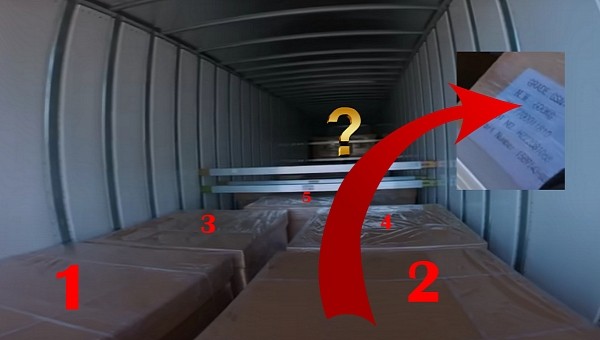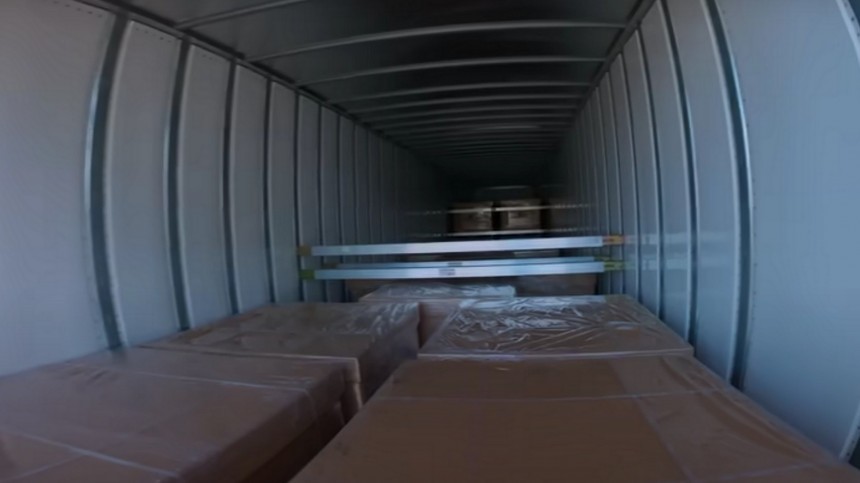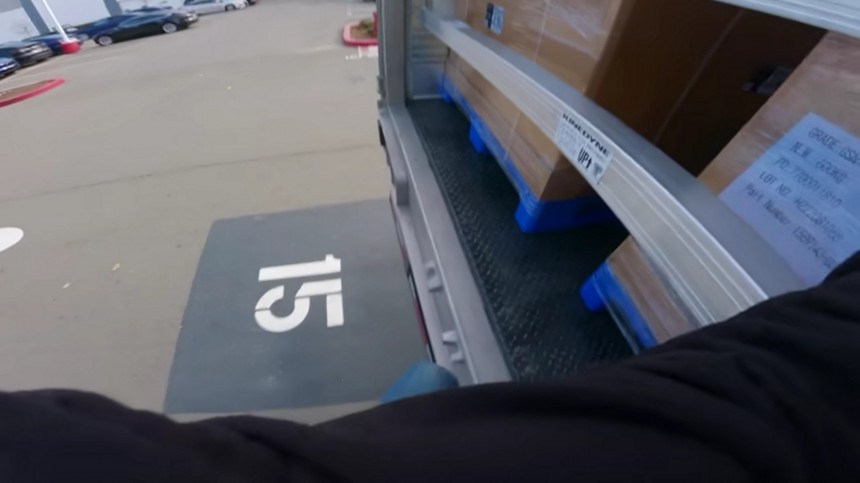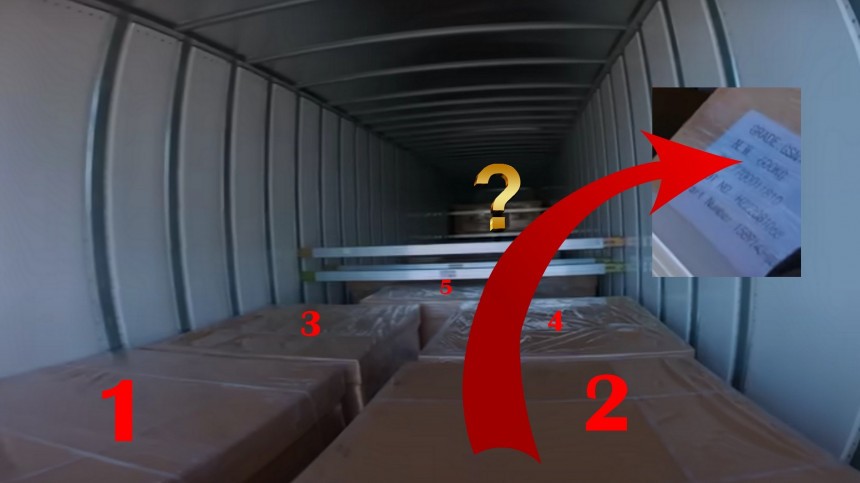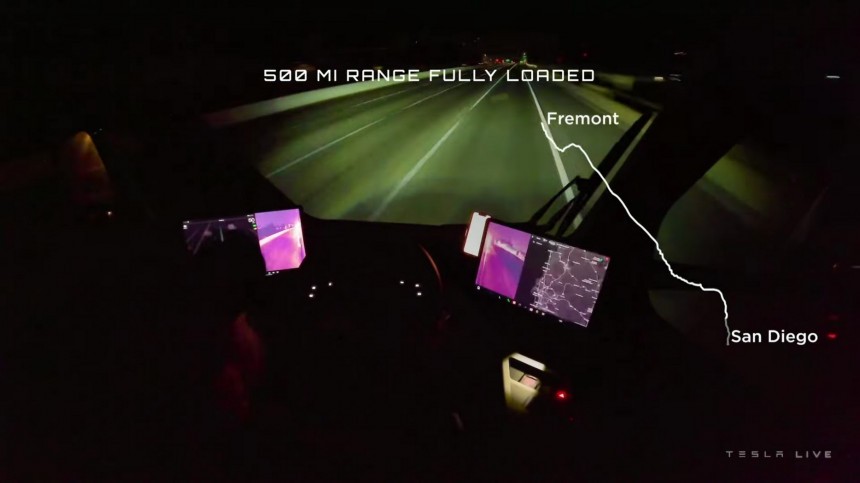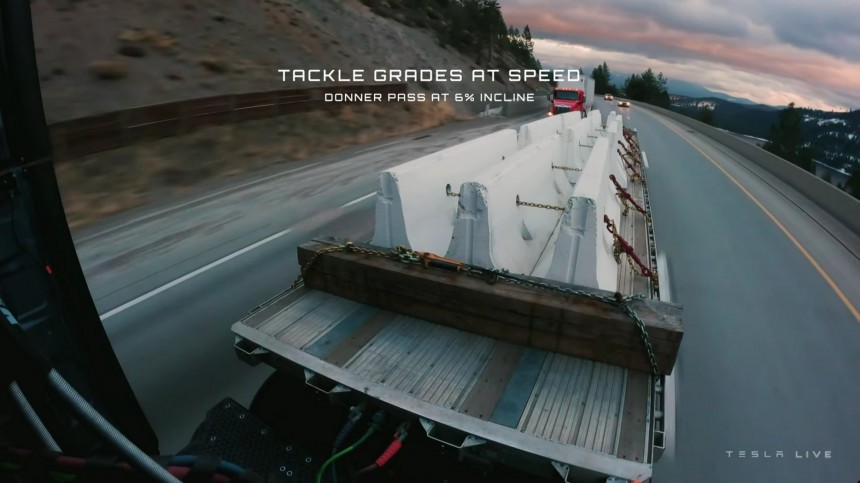Elon Musk recently tweeted that the Tesla Semi drove 500 miles with a gross vehicle weight (GVW) of 81,000 pounds. Tesla eventually released a timelapse showing the eight-hour trip from Fremont to San Diego in only two minutes. It would prove that all of Tesla's claims about the trip were true, but the video itself and Tesla’s lack of transparency regarding the Semi raise doubts about the achievement.
In the Semi delivery event, Musk did not answer how much the Semi costs, when other customers will receive their vehicles, how much it weighs, how many trucks Pepsico received, how big the battery pack is, and several other reasonable questions any other truck maker would be willing to solve. In the video, all we see is an accelerated trip. Elon Musk said it had “no jump cuts” and that the entire video would be posted on YouTube. It is not available yet.
It would be great if the original video presented the Semi being weighed, which would make it more believable that it really tipped the scale at 81,000 lb (36,741 kilograms). The footage makes us wonder precisely about that.
The first seconds of the footage are the most revealing ones. They show that the pallets the Semi carried have a net weight of 600 kg (1,323 lb). They are mostly not placed on top of each other – the only exceptions being some pallets at the bottom of the trailer. Taking all that into consideration, we did some calculations to check the numbers Musk declared.
A regular 53-foot semi-trailer weighs around 10,000 lb (4,536 kg), while a combustion-engined tractor weighs between 17,000 lb (7,711 kg) and 25,000 lb (11,340 kg). Let’s imagine the Semi and the semi-trailer weigh 35,000 lb (15,876 kg) together. That leaves 46,000 lb (20,865 kg) for the cargo. If each pallet has a net weight of 1,323 lb, the semi-trailer should hold 34 pallets.
The video shows that two pallets almost fill the entire width of the semi-trailer. Supposing we are talking about a 53-foot (16.15 m) long unit, they are usually 8.5 feet (2.6 meters) wide. Pallets are generally 48 inches (1.22 m) long and 40 in (1.02 m) wide. The semi-trailer could theoretically carry 32 of these pallets on the floor if they were all placed sideways, but that is not how they are loaded. Divide the length of the trailer by 48 in, and you’ll see that only 13 pallets fit on each side: a total of 26 would fill the trailer if all floor spaces were used.
The video shows Tesla loaded a single pallet after the four ones closer to the doors. In the quick glimpse into the trailer interior that the footage provides, that seems to happen again, more to the bottom of the compartment. Supposing these were the only two times Tesla placed only one pallet per row, it would have fitted 24 on the trailer floor. The EV maker would need ten other 600-kg pallets to reach an 81,000-lb GVW. And the ones put on top of the others in the video do not seem to achieve that number. The ones we can see may be only two, perhaps four in the best-case scenario.
These hypothetical 28 600-kg pallets would add 16,800 kg (37,038 lb) to the GVW. Include that in the theoretical 35,000 lb of the Semi pulling an empty trailer, and we get only 72,038 lb (32,676 kg), or 8,962 lb (4,065 kg) less than 81,000 lb.
The pallets are the only element with a confirmed mass. Considering them alone, we would still need 49,962 lb to reach the 81,000-lb GVW Elon Musk claims the Semi had. The lack of information on the electric truck makes some explanations for that possible, none of which is very flattering to Tesla.
The first one is that the Semi is so heavy that it exceeds the average weight of a semi pulling an empty trailer (35,000 lb) by 14,962 lb. Ironically, Jason Fenske recently estimated the Semi to weigh 20,000 lb (9,072 kg), which would make the pallets seen inside the trailer in the video even more insufficient. If that’s the other way around, that would be (another) competitive disadvantage for the electric truck. Being heavier than regular trucks, the Semi will not carry as much load as they do.
The second possible explanation is that the Semi traveled from Fremont to San Diego with less weight than Musk and Tesla said it did. That would help it run 500 miles on a single charge. As Carl Sagan used to say, "extraordinary claims require extraordinary evidence." Tesla provided a very feeble one, which demands you to simply believe its claims. Recent examples show that option is a bit risky: denying price decreases in China, David Searle’s case, and Elon Musk making fun of Tesla going bankrupt when that was a genuine possibility are just a few from the top of our heads.
Giving Tesla the benefit of the doubt, we could eventually consider some pallets are heavier than others. However, the video shows they all seem to follow the same pattern. In other words, it is improbable that the 28 pallets that the semi-trailer might have carried in the video could weigh more than 37,038 lb.
That said, this whole situation is an excellent example of another severe flaw Tesla currently has: the lack of a working PR department – at least in the U.S. If the EV maker talked to the press in its home market – it only does so in China – we would have contacted it to get an explanation for all the doubts the video raised.
Sadly, Tesla has refused to answer much more serious questions regarding battery pack fires, deaths involving its advanced driver assistance systems (ADAS), racism cases in its factories, and so forth. We would not be surprised if it also preferred not to present convincing evidence that the Semi that went from Fremont to San Diego with a single full charge really had an 81,000 lb GVW. If it does, we’ll let you know.
It would be great if the original video presented the Semi being weighed, which would make it more believable that it really tipped the scale at 81,000 lb (36,741 kilograms). The footage makes us wonder precisely about that.
A regular 53-foot semi-trailer weighs around 10,000 lb (4,536 kg), while a combustion-engined tractor weighs between 17,000 lb (7,711 kg) and 25,000 lb (11,340 kg). Let’s imagine the Semi and the semi-trailer weigh 35,000 lb (15,876 kg) together. That leaves 46,000 lb (20,865 kg) for the cargo. If each pallet has a net weight of 1,323 lb, the semi-trailer should hold 34 pallets.
The video shows Tesla loaded a single pallet after the four ones closer to the doors. In the quick glimpse into the trailer interior that the footage provides, that seems to happen again, more to the bottom of the compartment. Supposing these were the only two times Tesla placed only one pallet per row, it would have fitted 24 on the trailer floor. The EV maker would need ten other 600-kg pallets to reach an 81,000-lb GVW. And the ones put on top of the others in the video do not seem to achieve that number. The ones we can see may be only two, perhaps four in the best-case scenario.
The pallets are the only element with a confirmed mass. Considering them alone, we would still need 49,962 lb to reach the 81,000-lb GVW Elon Musk claims the Semi had. The lack of information on the electric truck makes some explanations for that possible, none of which is very flattering to Tesla.
The first one is that the Semi is so heavy that it exceeds the average weight of a semi pulling an empty trailer (35,000 lb) by 14,962 lb. Ironically, Jason Fenske recently estimated the Semi to weigh 20,000 lb (9,072 kg), which would make the pallets seen inside the trailer in the video even more insufficient. If that’s the other way around, that would be (another) competitive disadvantage for the electric truck. Being heavier than regular trucks, the Semi will not carry as much load as they do.
Giving Tesla the benefit of the doubt, we could eventually consider some pallets are heavier than others. However, the video shows they all seem to follow the same pattern. In other words, it is improbable that the 28 pallets that the semi-trailer might have carried in the video could weigh more than 37,038 lb.
Sadly, Tesla has refused to answer much more serious questions regarding battery pack fires, deaths involving its advanced driver assistance systems (ADAS), racism cases in its factories, and so forth. We would not be surprised if it also preferred not to present convincing evidence that the Semi that went from Fremont to San Diego with a single full charge really had an 81,000 lb GVW. If it does, we’ll let you know.
